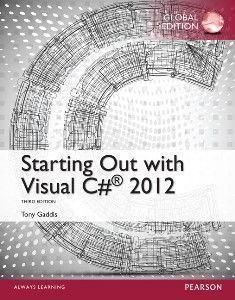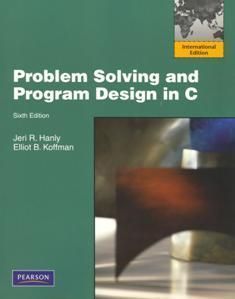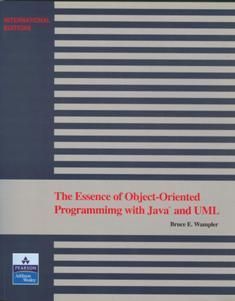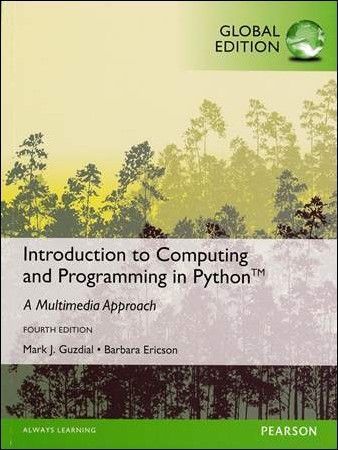書籍分類
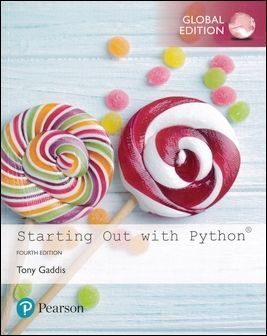
Starting Out with Python 4/e (Global Edition)
作者:Tony Gaddis
原價:NT$ 1,550
內容介紹 本書特色 目錄 作者介紹
- Description
A clear and student-friendly introduction to the fundamentals of Python
In Starting Out with Python®, 4th Edition, Tony Gaddis’ accessible coverage introduces students to the basics of programming in a high-level language. Python, an easy-to-learn and increasingly popular object-oriented language, allows readers to become comfortable with the fundamentals of programming without the troublesome syntax that can be challenging for novices. With the knowledge acquired using Python, students gain confidence in their skills and learn to recognize the logic behind developing high-quality programs.
Starting Out with Python discusses control structures, functions, arrays, and pointers before objects and classes. As with all Gaddis texts, clear and easy-to-read code listings, concise and practical real-world examples, focused explanations, and an abundance of exercises appear in every chapter. Updates to the 4th Edition include revised, improved problems throughout, and new Turtle Graphics sections that provide flexibility as assignable, optional material.
MyLab™ Programming not included. Students, if MyLab is a recommended/mandatory component of the course, please ask your instructor for the correct ISBN and course ID. MyLab should only be purchased when required by an instructor. Instructors, contact your Pearson rep for more information.
MyLab™ Programming is an online learning system designed to engage students and improve results. MyLabProgramming consists of programming exercises correlated to the concepts and objectives in this book. Through practice exercises and immediate, personalized feedback, MyLabProgramming improves the programming competence of beginning students who often struggle with the basic concepts of programming languages.



